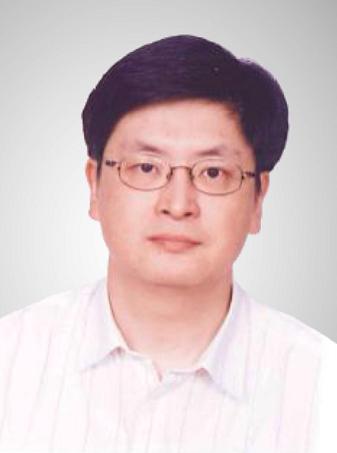
Dr Frankie T.K. LAU 劉達光 (DSD)
Abstract
Sewage sludge is produced inevitably in sewage treatment process. Anaerobic sludge digestion is the most widespread technology for treatment of wastewater sludge over the word and it is employed by DSD. Anaerobic digestion helps reduce the volume of sludge to be disposed of at the landfill. Its byproduct – biogas – can be utilized as an renewable energy source to offset the use of electricity in sewage treatment. Laboratory-scale digesters were set up to mimic the full-scale field sludge digestion process in Shatin STW and to determine the biogas production and organic matter reduction under different operation conditions. Digestion performance was evaluated on the basis of biogas yield and solids reduction, as well as other determinants such as pH and alkalinity. Many physical, chemical and biological factors can affect the process such as digestion temperature, digester volume, hydraulic retention time (HRT), sludge composition, organic loading, pH, chemical dosing, presence of inhibitors, and mixing. The results of (a) different HRT, and (b) three different digester temperatures using real sludge samples from Shatin STW would be presented.
About the Speaker
Dr. LAU received his Ph.D. degree from the Imperial College, London University. He presently is a Chemist in Electrical & Mechanical Projects (E&MP) Division, Drainage Services Department of Hong Kong SAR Government.
Dr. LAU is a member of the R&D Team responsible for conducting or management of R&D activities related to wastewater and sludge treatment, odor management and energy.